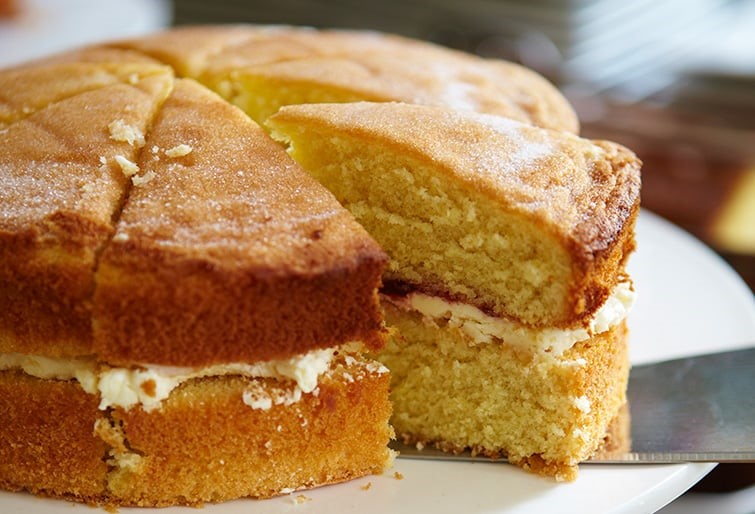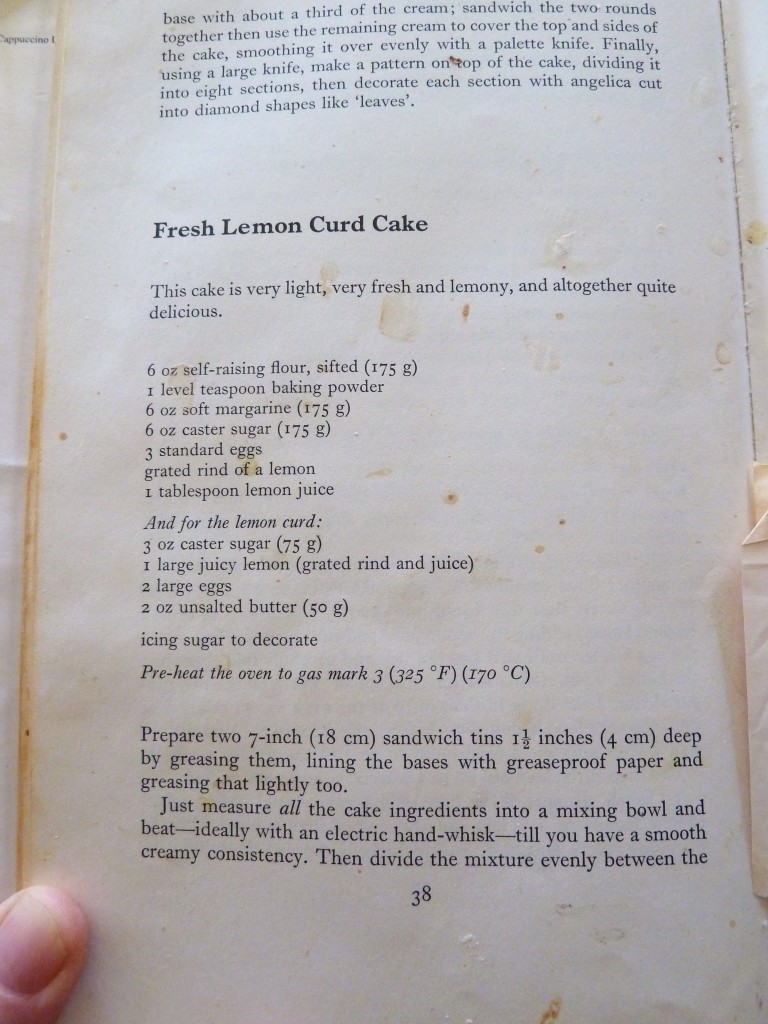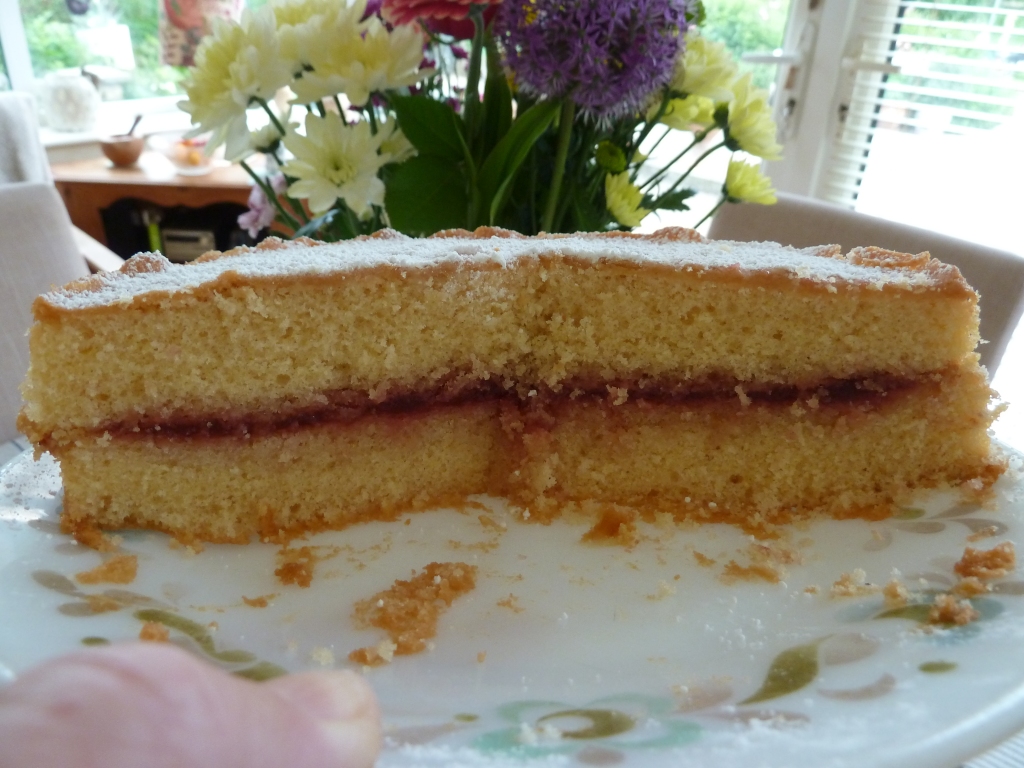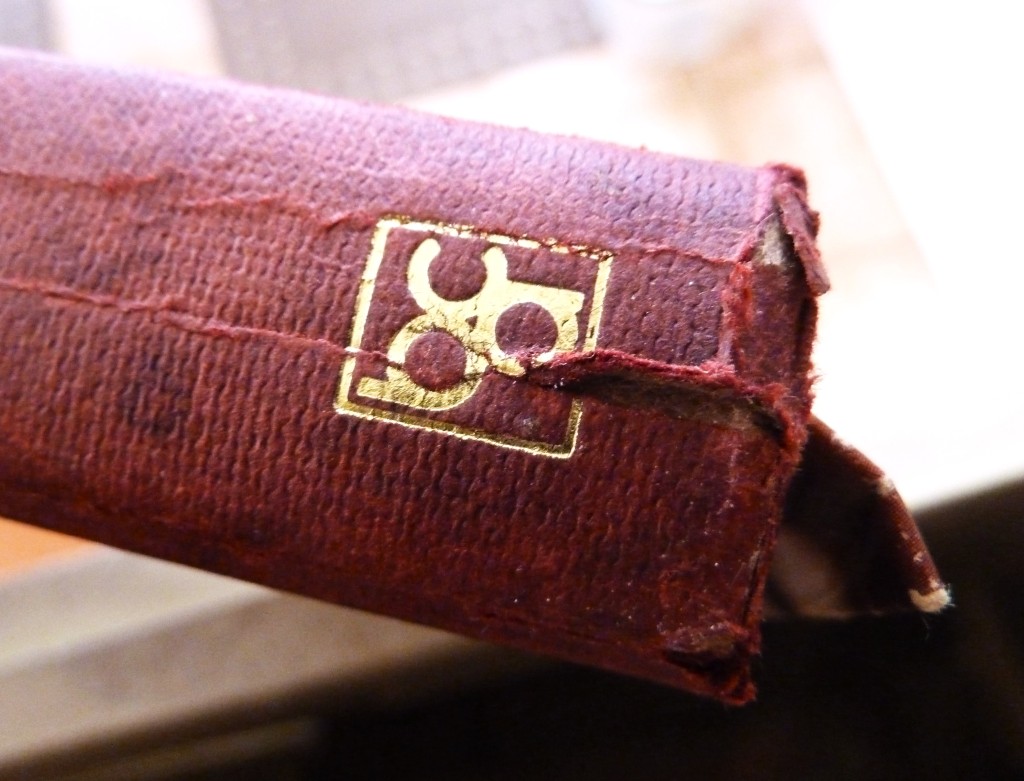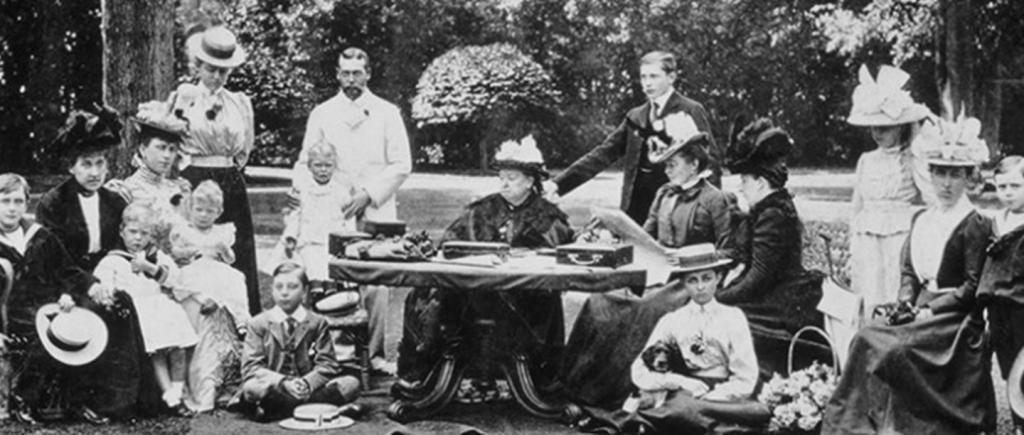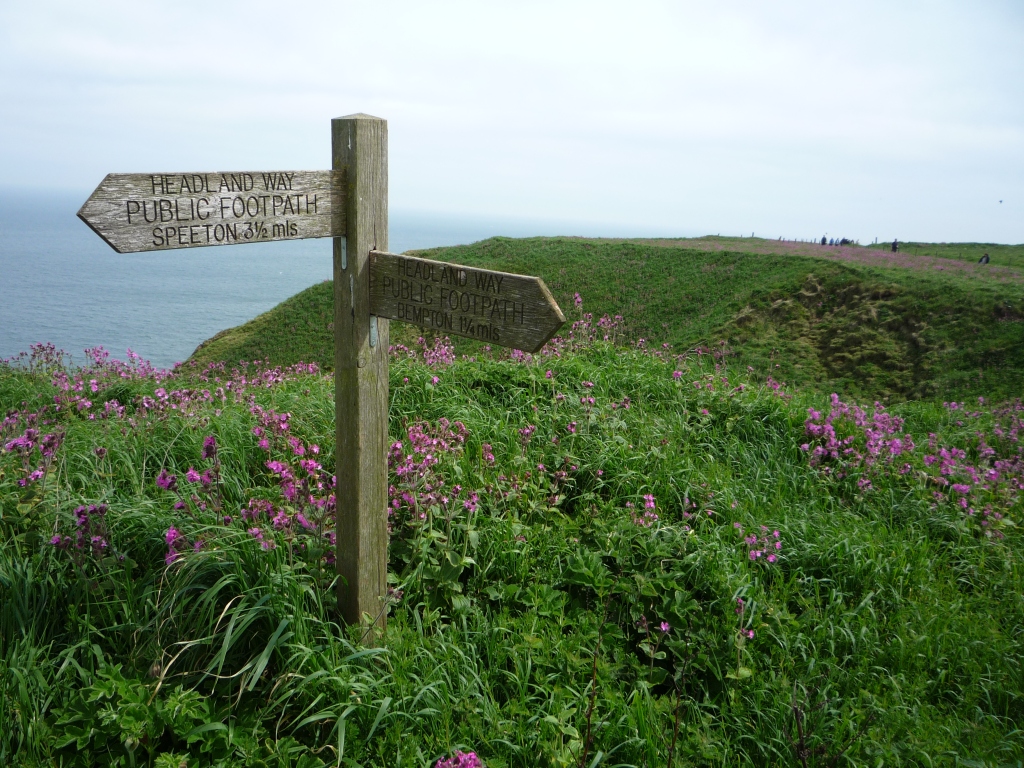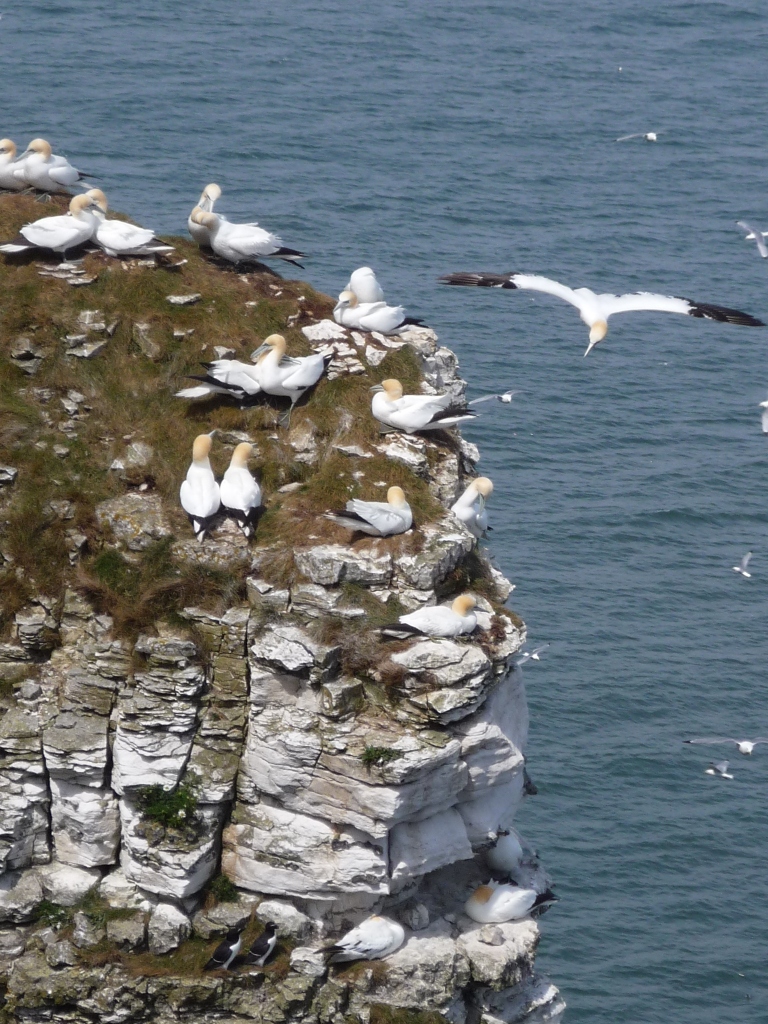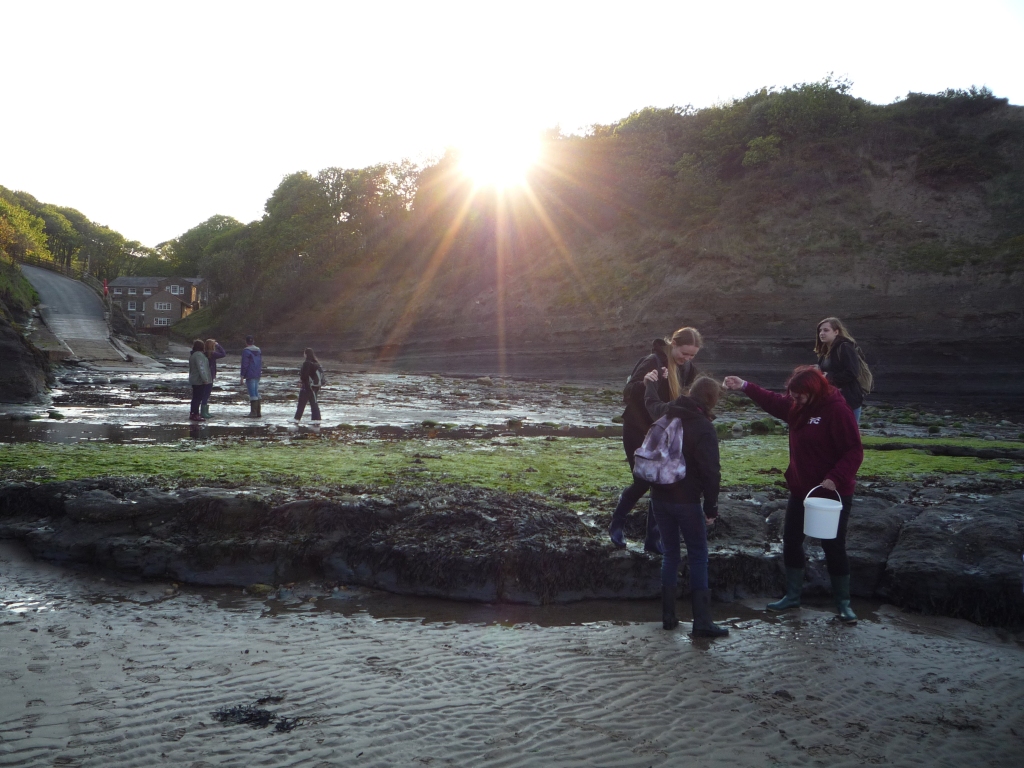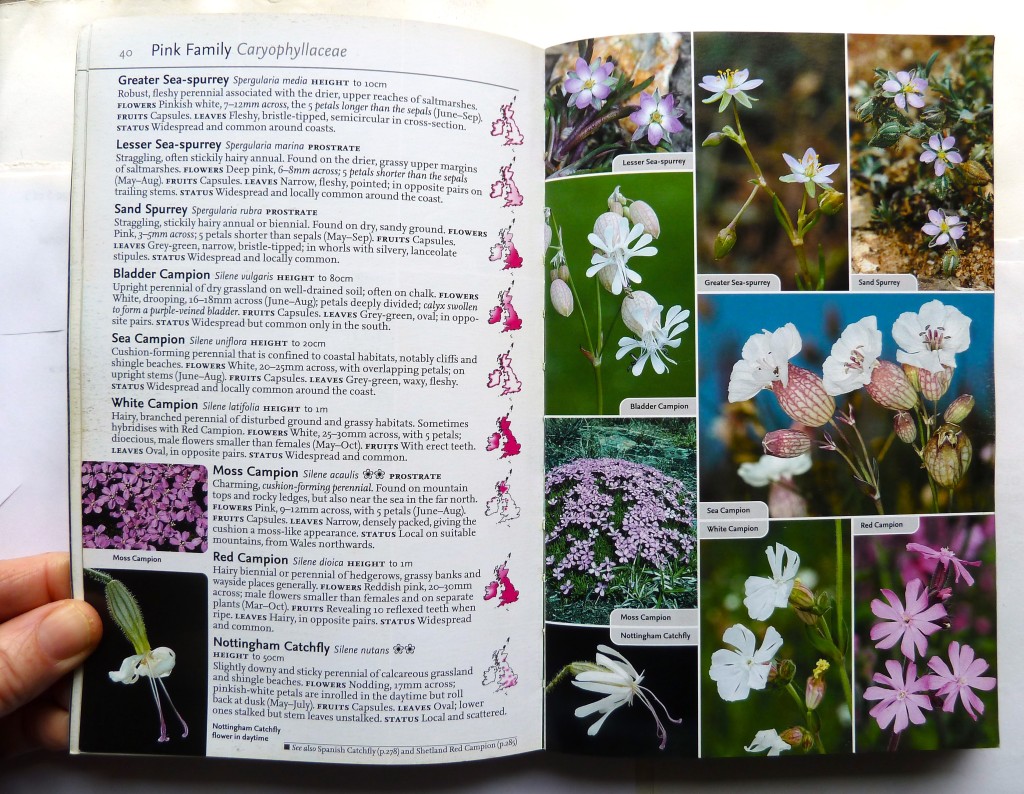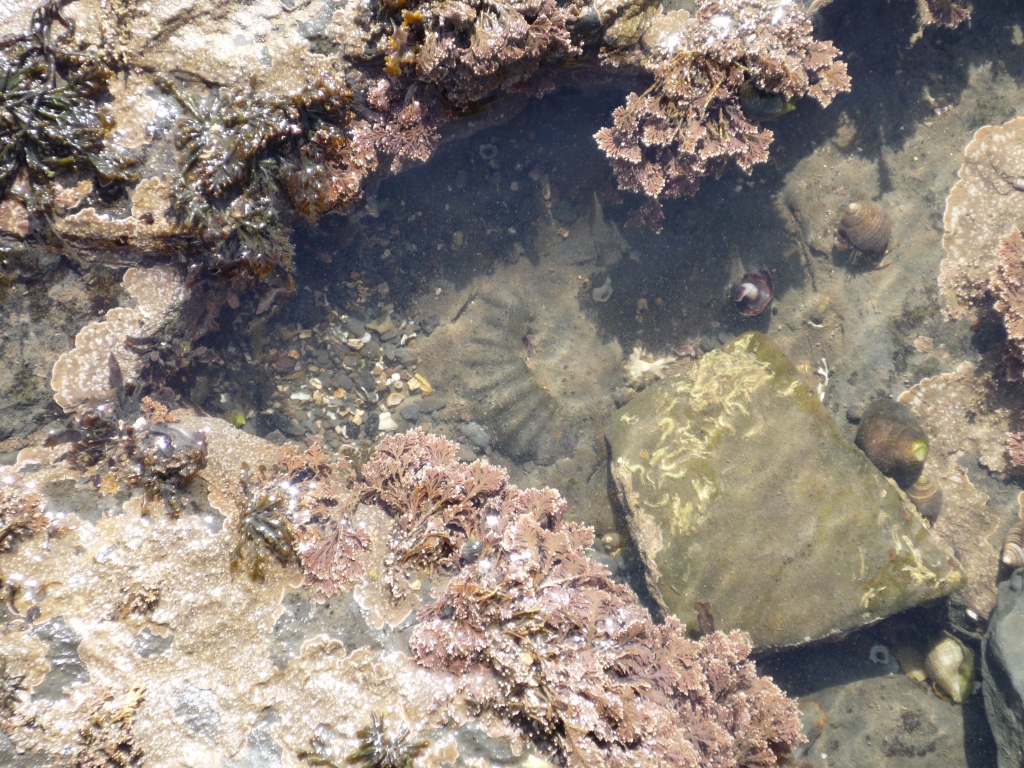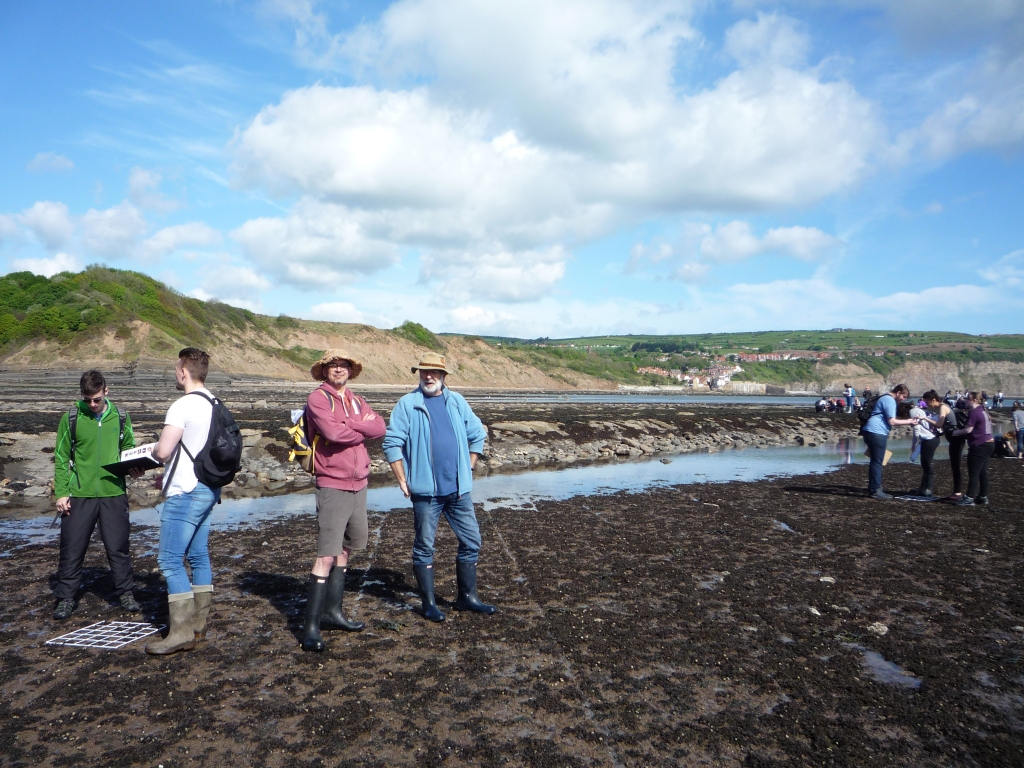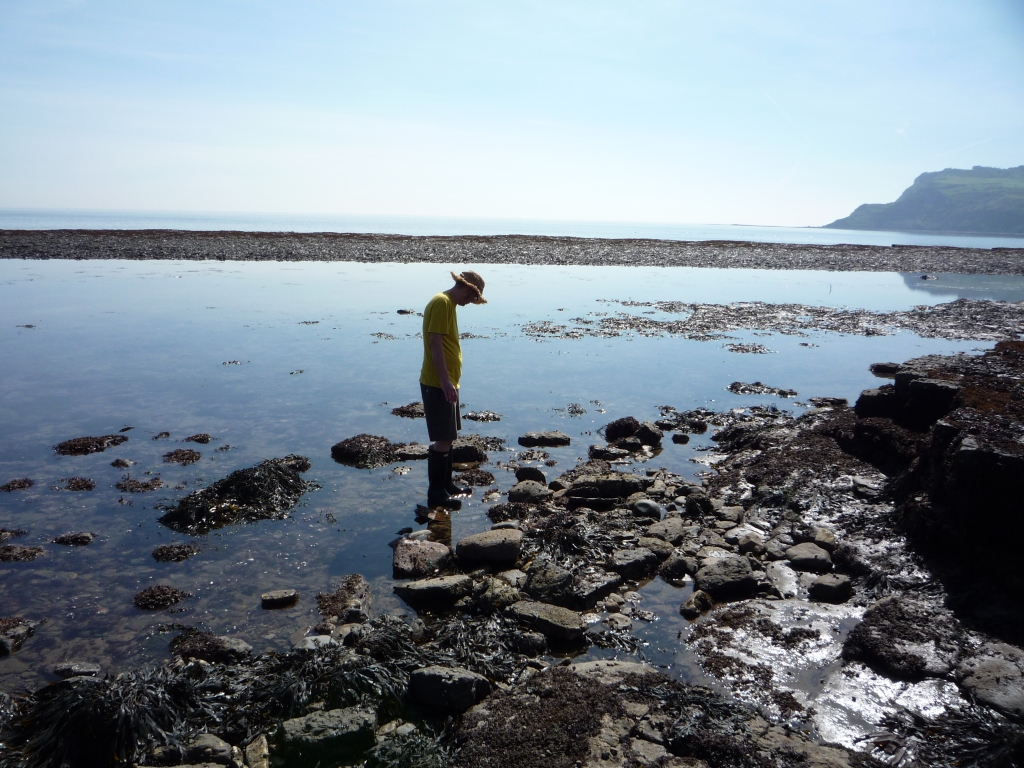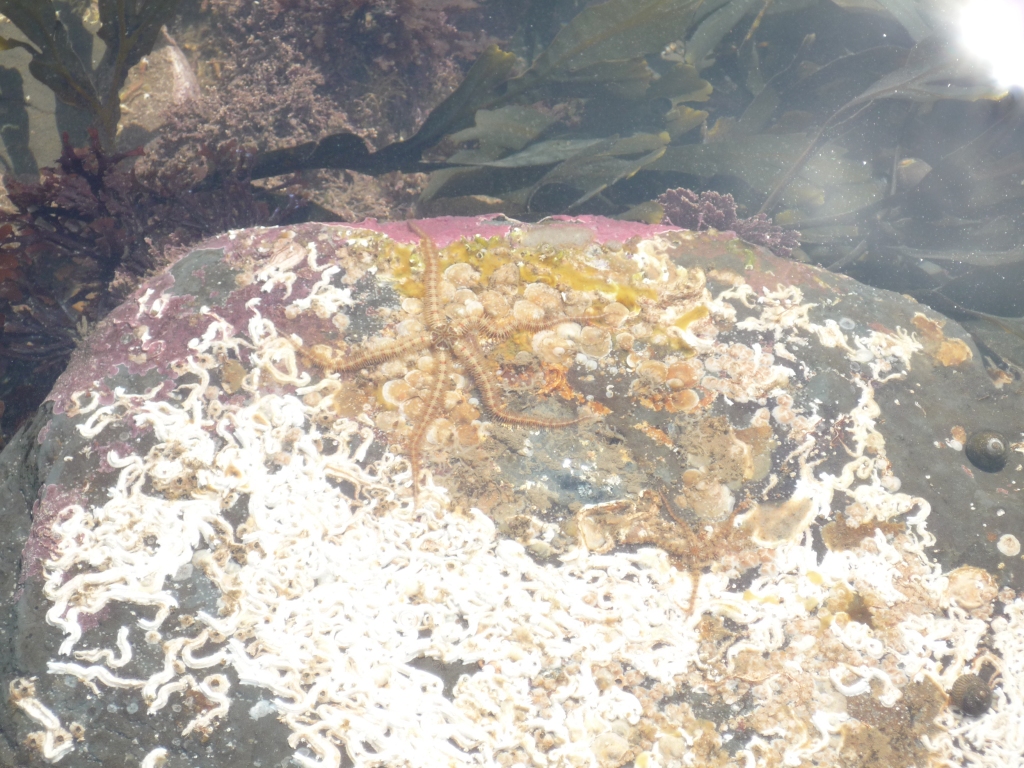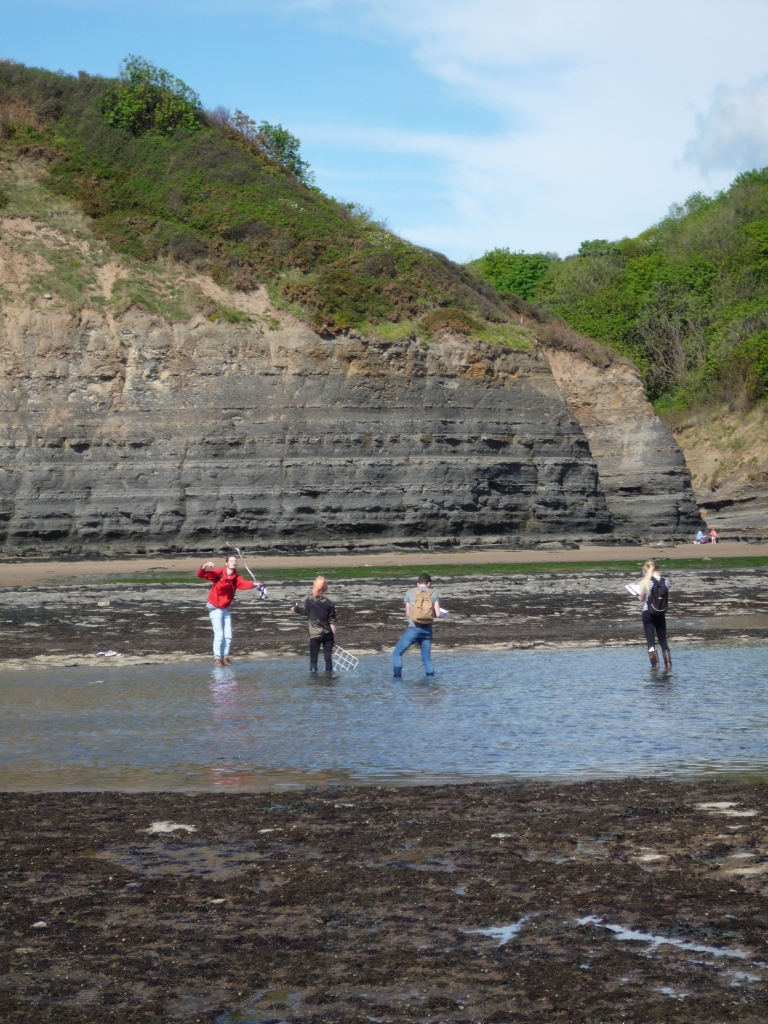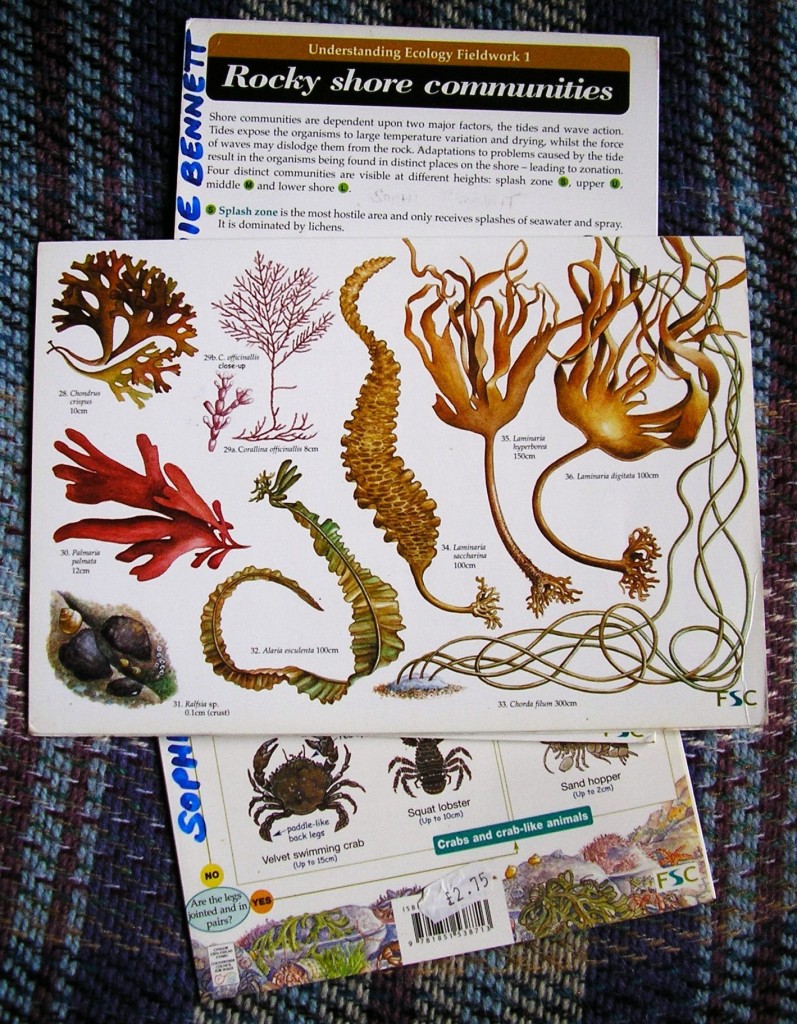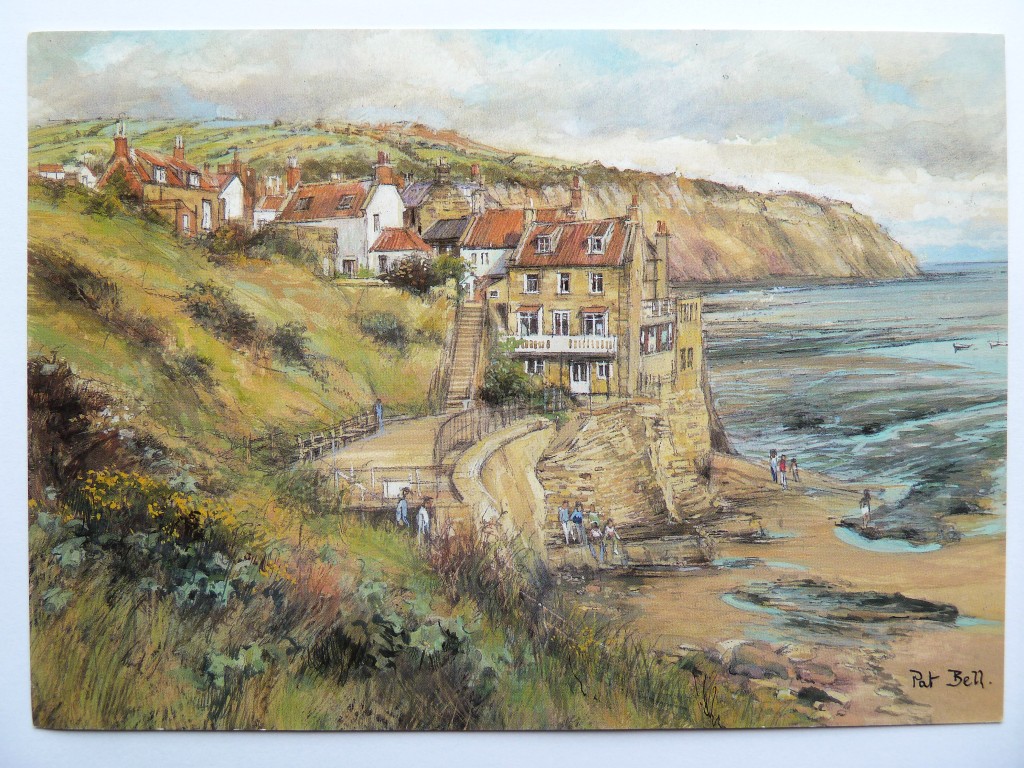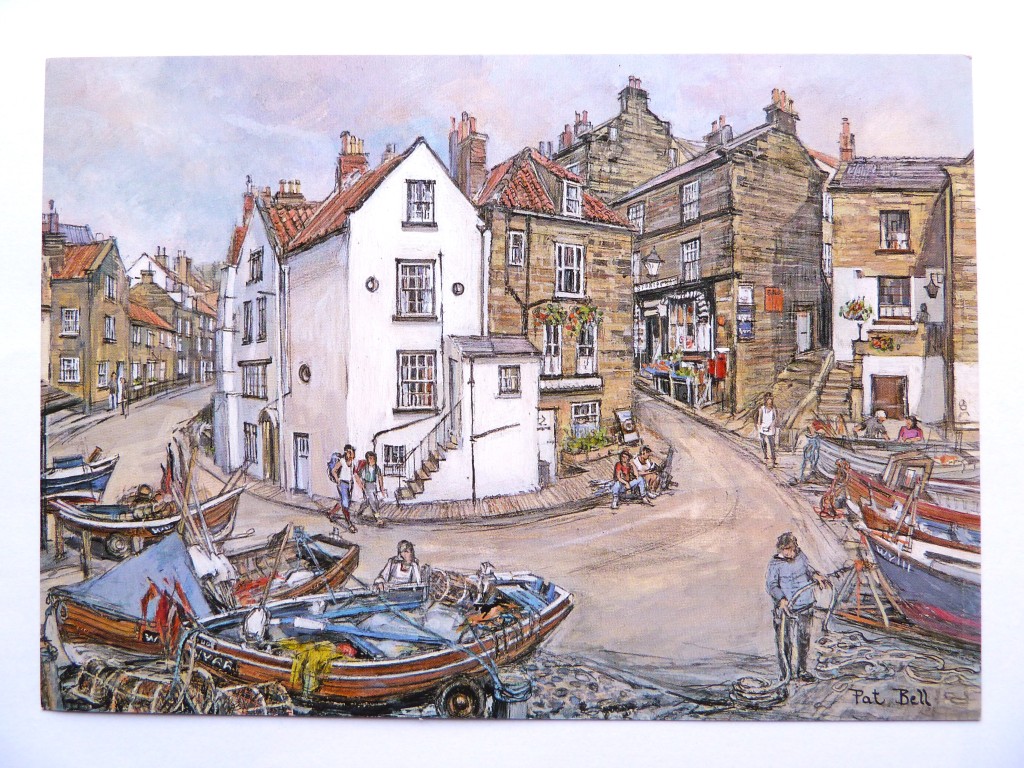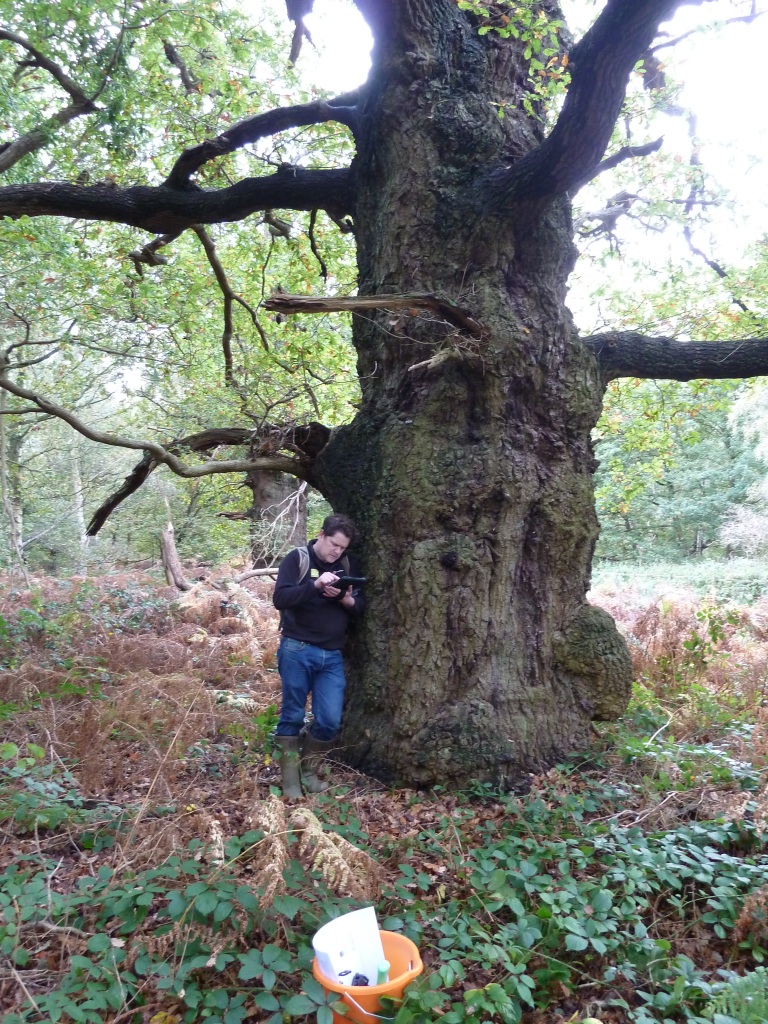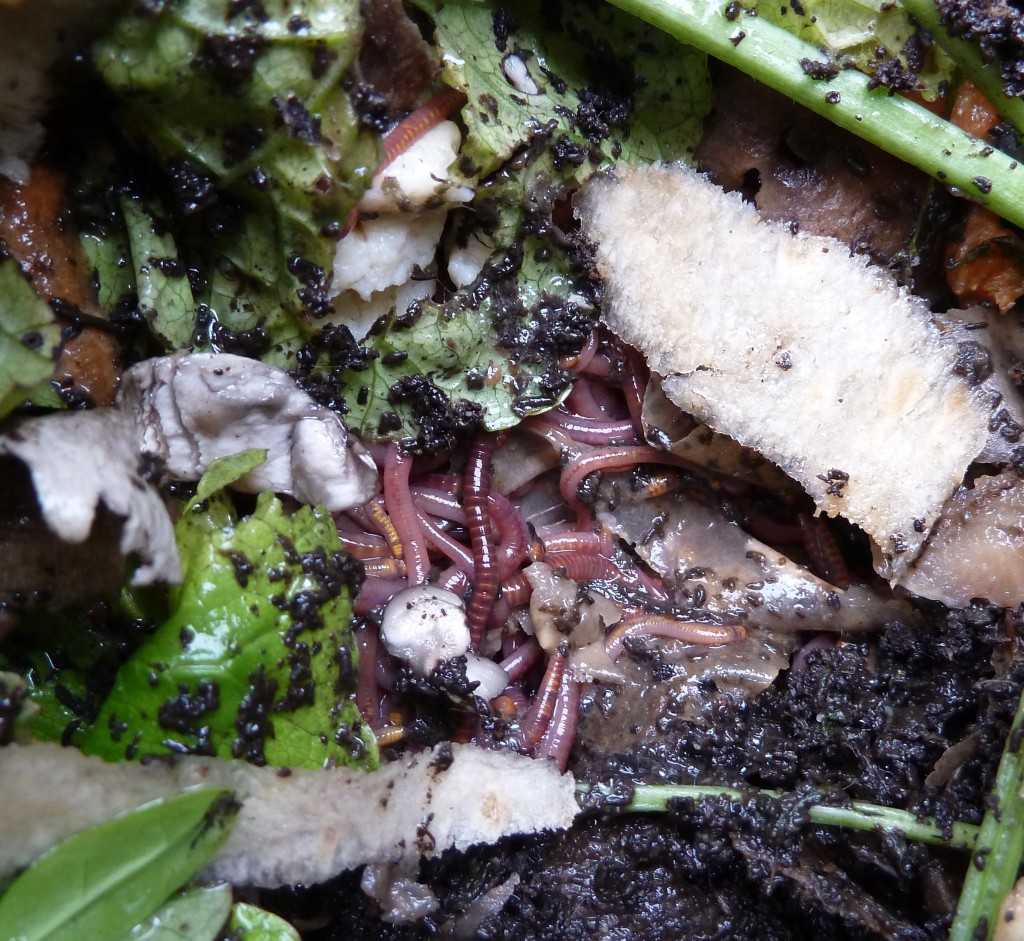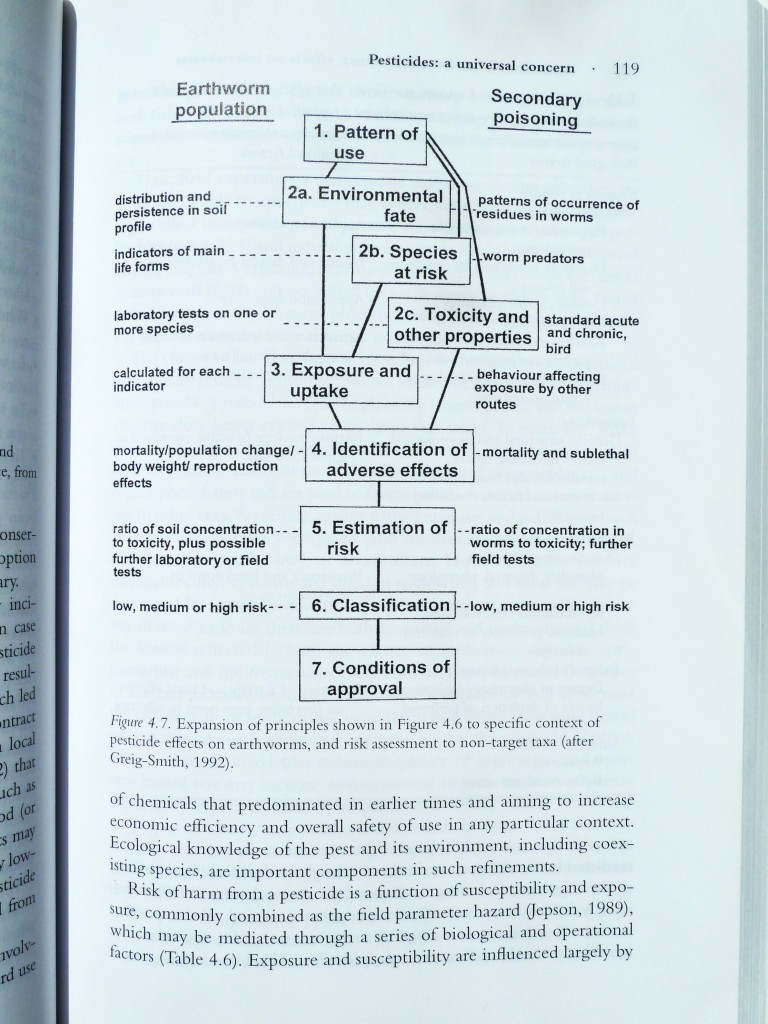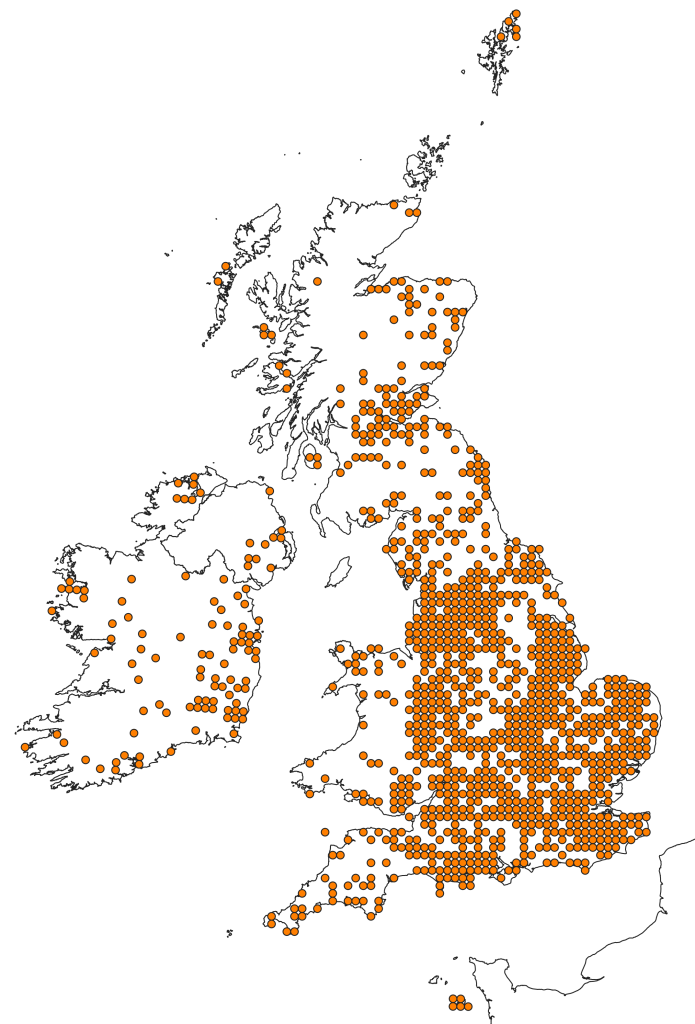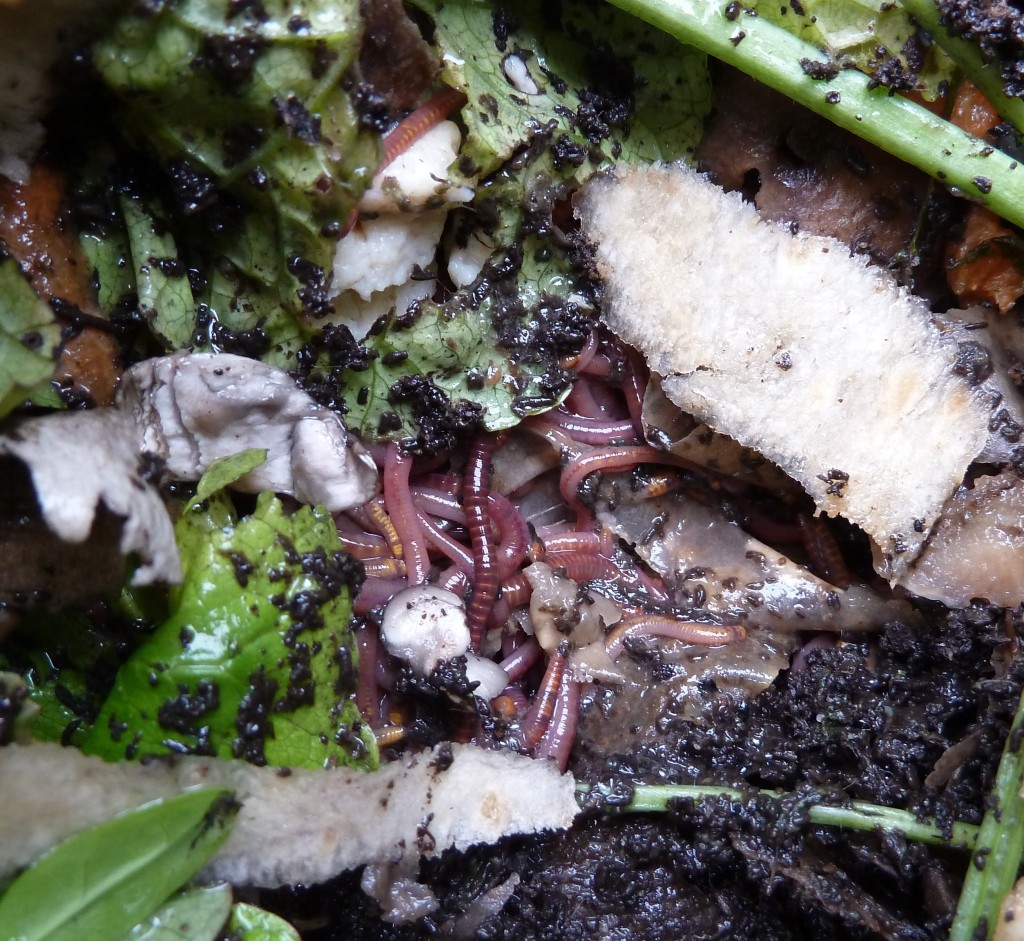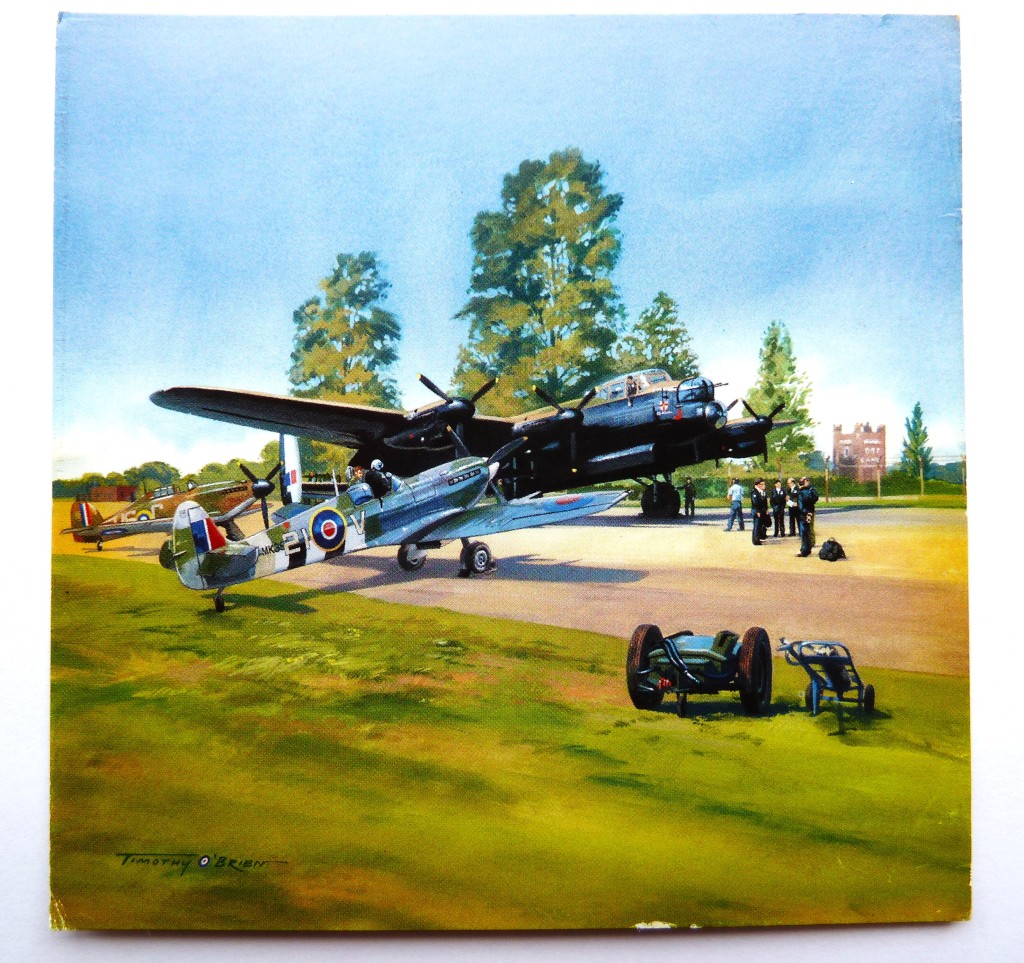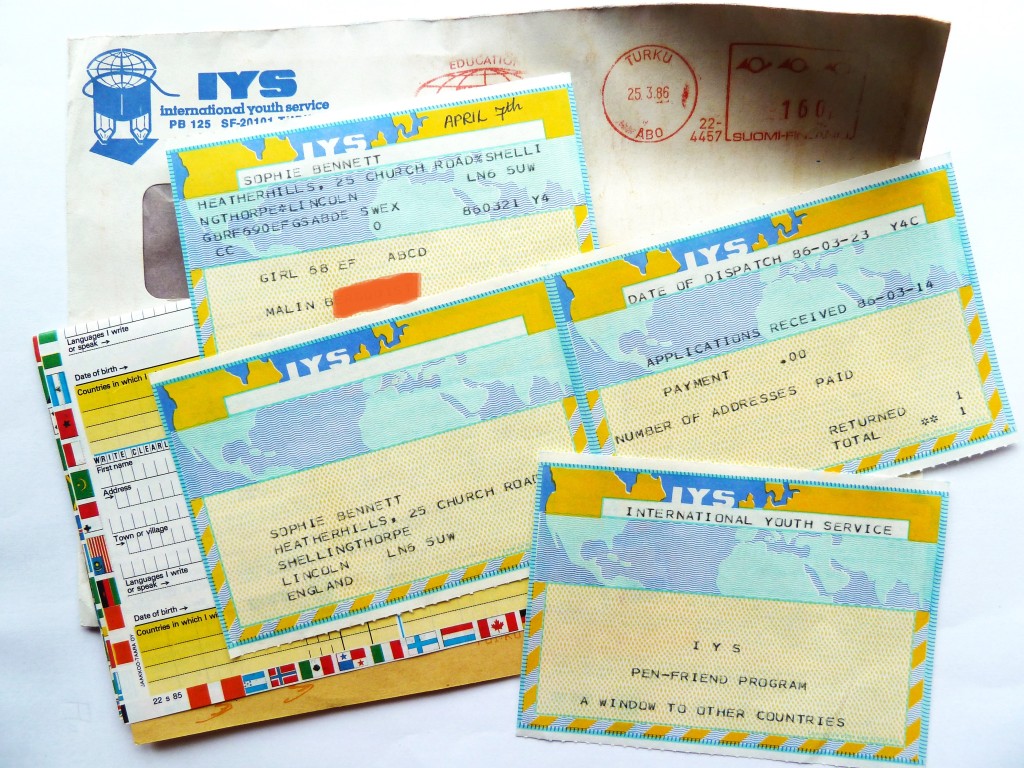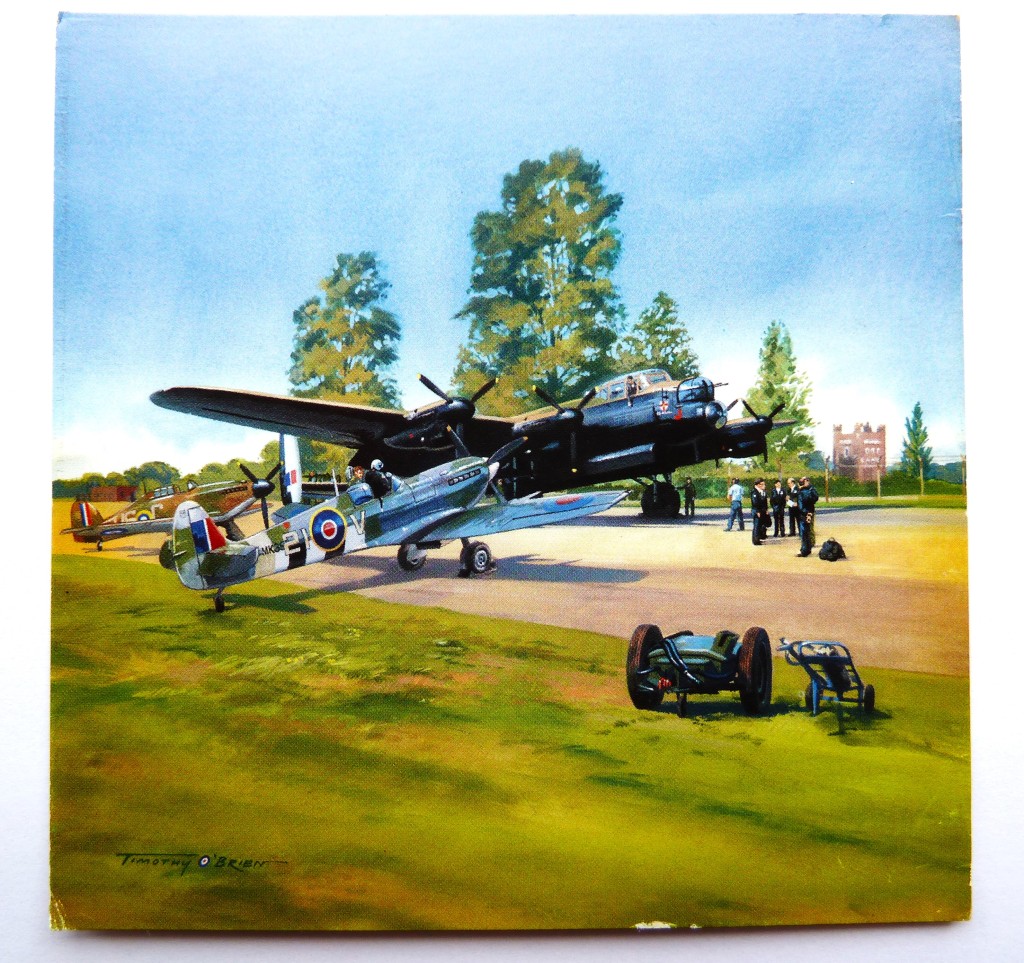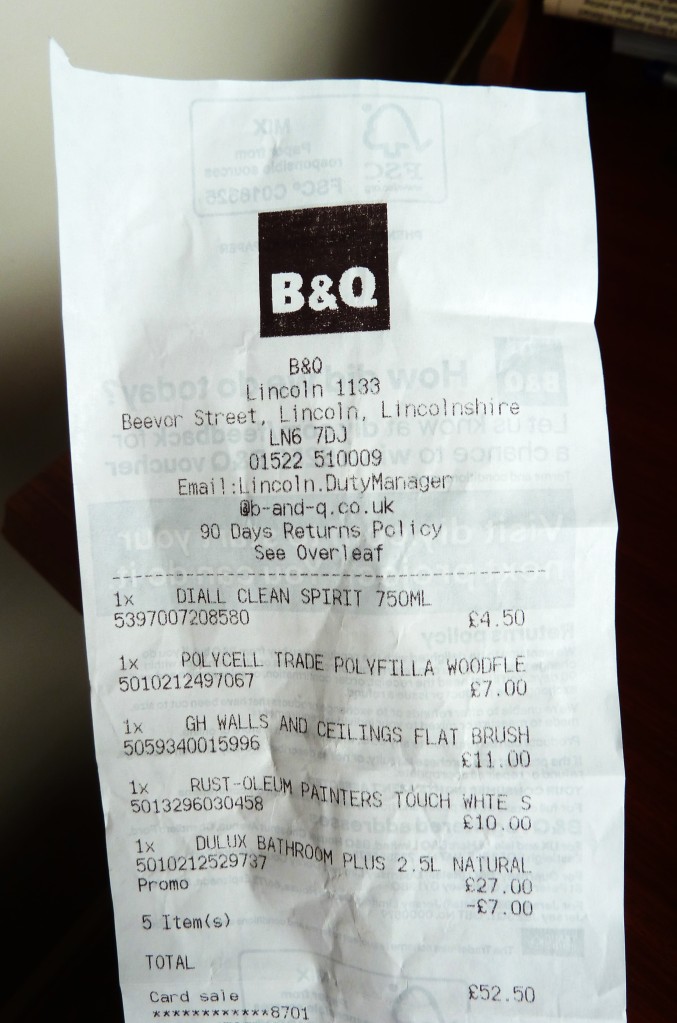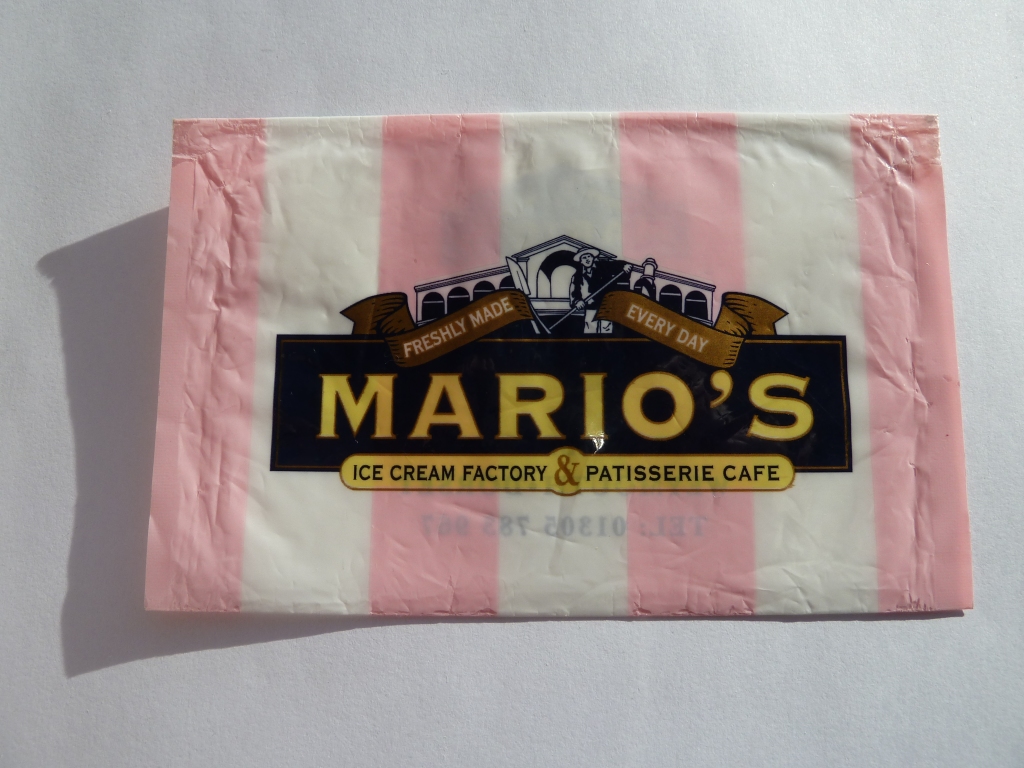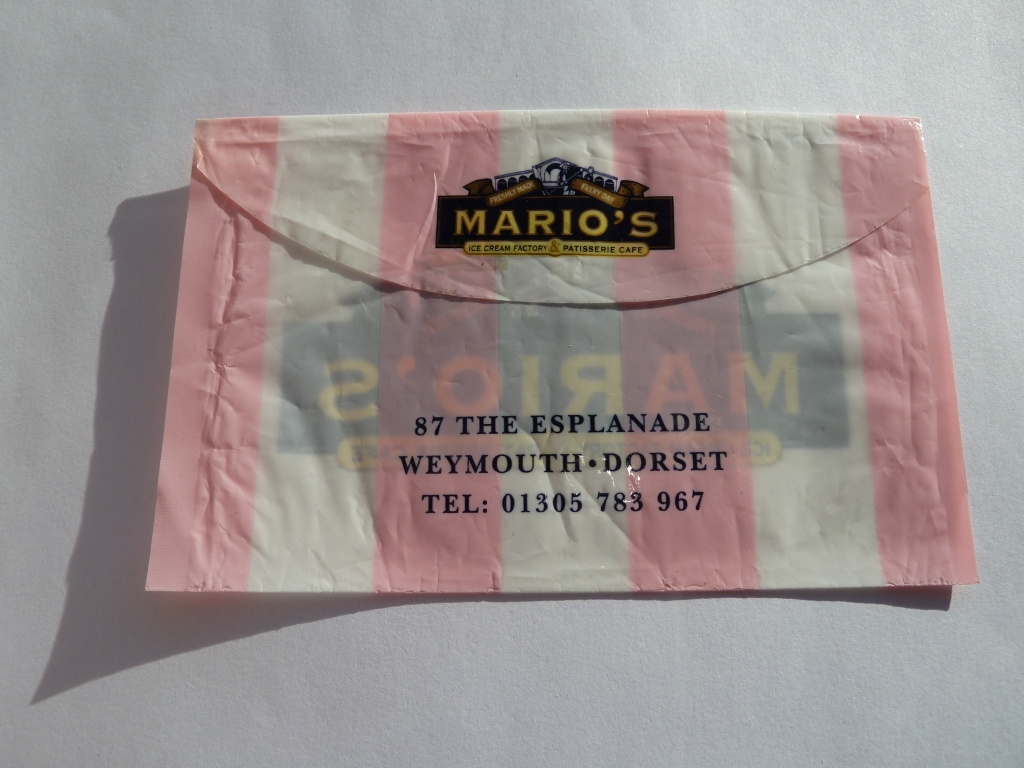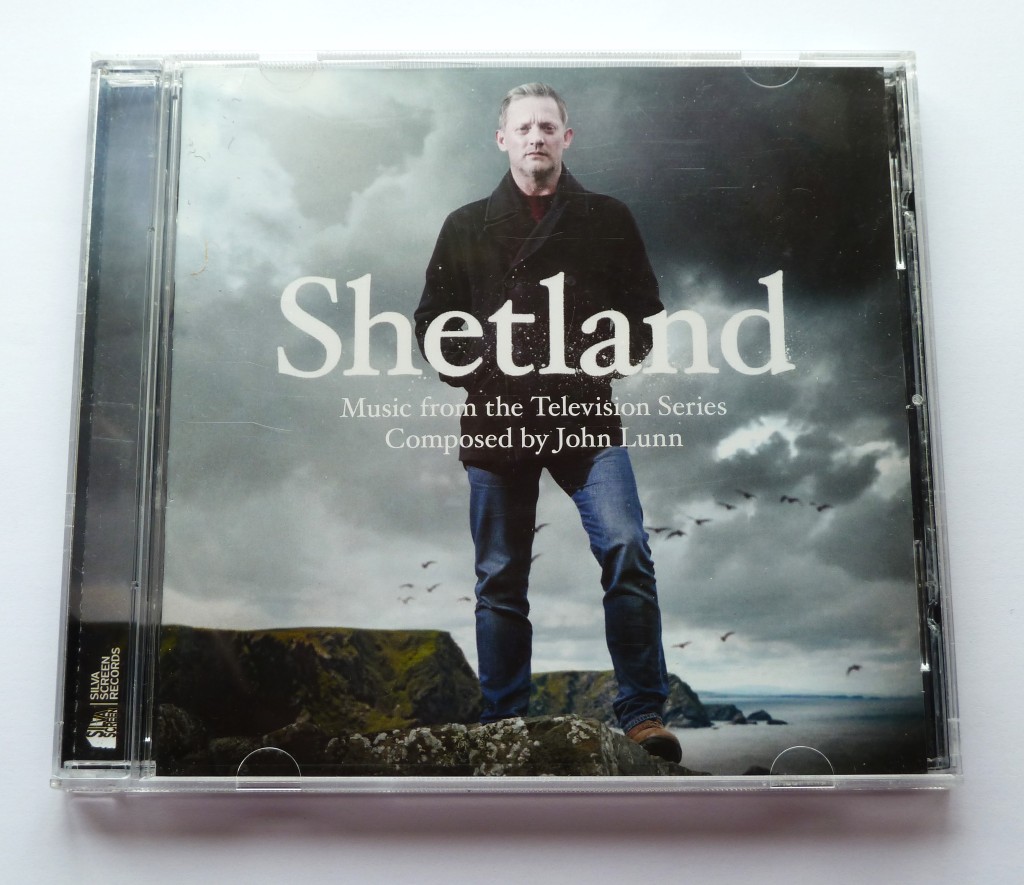1 June 2024 – Dr Sophie Louisa Bennett, PhD Conservation Biology (Lincoln 2016), MA Modern and Medieval – German and Swedish (KC 1987, Cantab 2020), Diploma in Translation – German into English (City University/Institute of Linguists 1998)
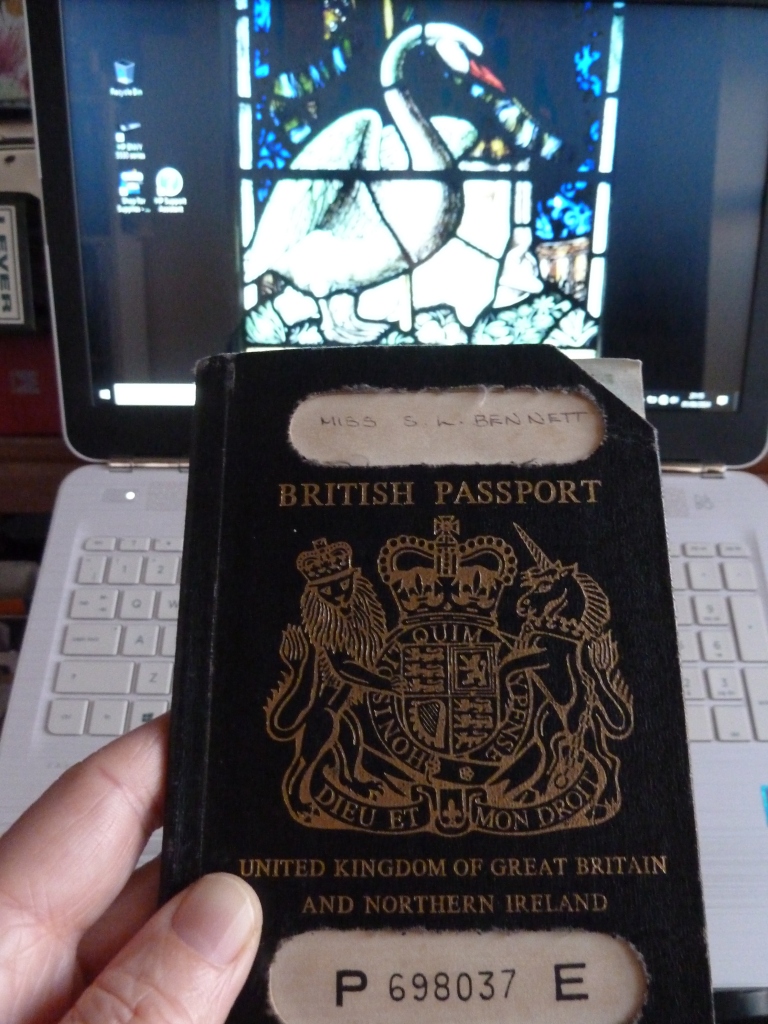
It was a long time since I had really thought about ‘how I got into Cambridge’, largely because it was the best part of 35 years before the enquirer asked the question. The question was not asked in an entirely innocent fashion; rather, in a challenging fashion. In my mind I inserted ‘on Earth’. As if the person posing the question didn’t believe I had been there and was quite sceptical of me ever having met the standard. Or perhaps that was the self-persecuting ‘mini-me’ in my head telling me I really hadn’t been deserving.
In fact, it was almost as if someone else had been casting aspersions. But I’ll set that thought to one side. Nasty thought. But not untypical of women, unfortunately. We are at heart often less soft than men believe, although at the same time thin-skinned AND ultra-competitive creatures (intensely dislike the word – as well as the behaviour – but can’t think of anything better) and always comparing ourselves or our offspring with others…
How did I ever get into Cambridge University then? Now, let me think. There was a longish and yet not so winding road that led me to the front gates of King’s College.
In my school, once I’d reached the third year (13/14 years of age) it had already been suggested to me by the Headmaster, who was an Oxford man, that Oxbridge would be a possibility. Hmmm.
I chose my ‘O’ level subjects with Modern Languages in mind, and not necessarily English. The school was exceptionally good at Languages Teaching (that’s not to say it wasn’t bad in Maths or Sciences or in fact any other subject however) and was already putting one or two other students, including one from my village a few years above me, forward for Cambridge.
I only took one science subject: Chemistry – which I loved for the Periodic Table and the ions amongst other things, not to mention the pretty colour changes and the precipitation. And both Geography and History: I’d always enjoyed both tremendously. In a sense I regarded them as being essential. And five languages, but not all at once.
Fortunately, I achieved almost all ‘A’ grades at ‘O’ level (x 12) and made myself retake English Language in order to better my ‘B’ which was the result of an exam entry a year early, alongside French (pas de problème) at 15 rather than 16 – the whole class was put in for this. Further ‘O’ levels included French Literature, which we took in the lower 6th and at some point someone had called it an ‘O/A’ Level. Almost like a forerunner to the ‘AS’ (Advanced Subsidiary).
Then for ‘A’ Levels and Special Papers at 18, still with no real concrete thought of what and where to study. English Literature, French, German (and Russian ‘O’ Level). The Headmaster’s daughter in the year above had gone off to King’s to study German and French. I looked at other colleges, including newer ones – Fitzwilliam didn’t suit me ultimately however.
There was no real preparation: no coaching for the interview, just a few chats at lunchtime with Mr Taylor about German(y). We mainly employed Spiegel and Stern magazines and occasionally set texts – ah, yes, Frühlingserwachen, a classic for angsty teenagers – I probably looked at old-to-very-old copies of Brigitte and Bravo too and wrote letters and received them to/from penfriends. When I had what-I-call ‘friends’. What I mostly remember about the ‘prep’ sessions for Cambridge University were his references to travels on the Continent and his opinion of Goethe as being not-quite-a-polymath (wasn’t a musician – Mr Taylor was). I was the only entrant for ‘A’ level German in my year at RPS and had to be taught with pupils from the school across the road. Lessons took place in the halfway house of the old wooden wartime (?) huts close to the school perimeter. At least they wouldn’t have to walk too far into ‘foreign territory’. The NK teacher, Mr Marriott, was a Cambridge man (later a Liberal Democrat councillor) – but beyond him occasionally talking about the requirements in his day, there was no formal advice and I somehow detected he was lukewarm towards his alma mater.
In order to get a place on any degree course in those days (the late 1980s) you filled out a UCAS form and put down your Universities or Polytechnics of choice in order of preference. If you’d been pointed in that direction, you couldn’t put down both Oxford AND Cambridge. And university admissions departments were likely to refuse you if they perceived you didn’t favour them highly enough. Or, indeed, refused to attend interview, as I did with Manchester! I’d put it down purely because a number of staff members had studied there and it had a good reputation for languages.
Surrey, as it happens, didn’t really seem to care, and, even though I did not attend for interview, offered me a place to do Russian and Swedish (or was it German) with translation/interpretation, only requiring ‘C’ grades. Durham made me an offer of ‘B’ grades. I had attended an interview there at my college of choice but the prospect of sharing a room was something that put me off a bit.
In December 1986, I went off to King’s College Cambridge for an interview, dressed smartly in something I didn’t normally wear and felt self-conscious in. I knew later from other students that some had turned up in jeans and nobody had batted an eyelid. Or maybe they had but were so impressed by said person that there was no debate that they would fit into college/university life.
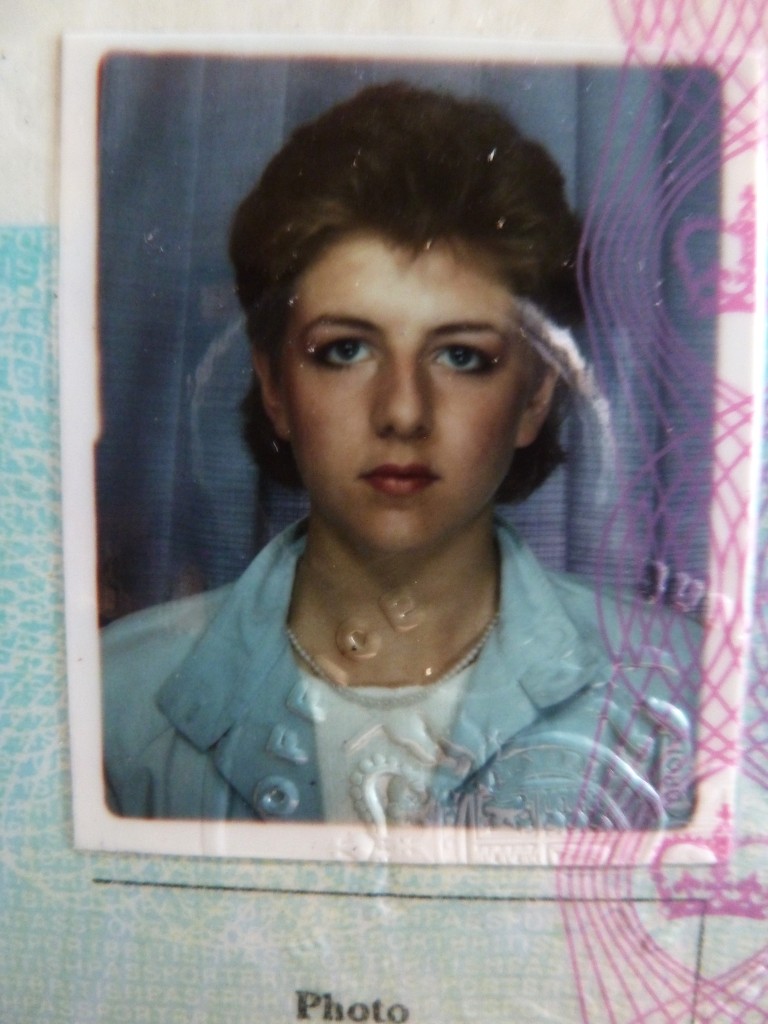

In those days, there was also an alternative form of entry and for some a scholarship, which could take the pressure off: an entrance exam. A fellow pupil at Robert Pattinson School had already achieved an open invitation having aced his entrance exam for Modern Languages. However, at King’s this was not the entry method: offers were made based on the UCAS form which would include references and recommendations from teachers who knew you well, AND your personal statement, submission of written work for discussion during an interview (‘mini-supervision’) and passing that interview with Dons in two subject areas related to your chosen course.

In my case, I was interviewed by the Director of Studies for German and one of the senior staff for French (which I wasn’t intending to study anyway). And about whom I knew certain things through a former pupil at my school! Well, I knew he was regarded as being good-looking, was ‘quite attentive’ to some students, and liked surfing. Was even featured some years later in a Sunday Magazine supplement. And I wasn’t remotely interested in water sports so that wouldn’t be a point of conversation. Qu’est-ce que c’est qu’on a discuté? Ideés reçues, je crois. Oh, yes, I’ve received plenty of ideas and opinions over the years. Not to mention given some, of the latter at least. Whether the recipient wanted them or not.
I felt rather less comfortable talking to the French Don – can still picture his silver locks now – as he had placed the chair for me in what seemed like the middle of the room and he sat a long way away, perhaps even behind a desk at first. In my head, I envisage myself tied to the chair, hands behind my back, like some sort of torture victim – maybe a member of the SOE trying to bat away his questions – being interrogated and trying to convince the interrogating officer that I could speak French perhaps not like a native but to get by. Erika, in the meantime, placed interviewees in a comfortable chair closer to her desk – possibly in order to look them more searchingly in the eye. She was always kindly in her manner though. So much more humane, the German department.
At any rate, despite nerves, I managed not to faint and afterwards I skipped back across King’s Parade breathing a sigh of relief and Dad and I might even have stopped for something to drink at the Copper Kettle. But I honestly can’t remember that bit as I was so relieved to have it behind me.
Some time after Christmas, early in 1987, the letter arrived. Not an open invitation but an offer, nonetheless: they would take me if I achieved an A, A, B (no requirements with regard to Special Papers as they were extras anyway). And the rest was history, even if I did have the distinct impression I had fouled up in my English Literature ‘A’ Level.
I won’t say I found the process or the exams easy. Even if I might even have enjoyed some papers at ‘A’ Level. It felt like hard work. I was ill for months afterwards and well into the first term would often fall asleep in the afternoon. I’d had a nasty bout of tonsilitis. My sister (who was not a particularly good nurse at the time) and I would joke about having tonsils like Swiss cheese for years afterwards.
So that is how to get into Cambridge – plus some of what to expect. Or at least it was how I got into Cambridge, and what I experienced, in 1987. I was 18 and the world was my oyster, as the saying goes.
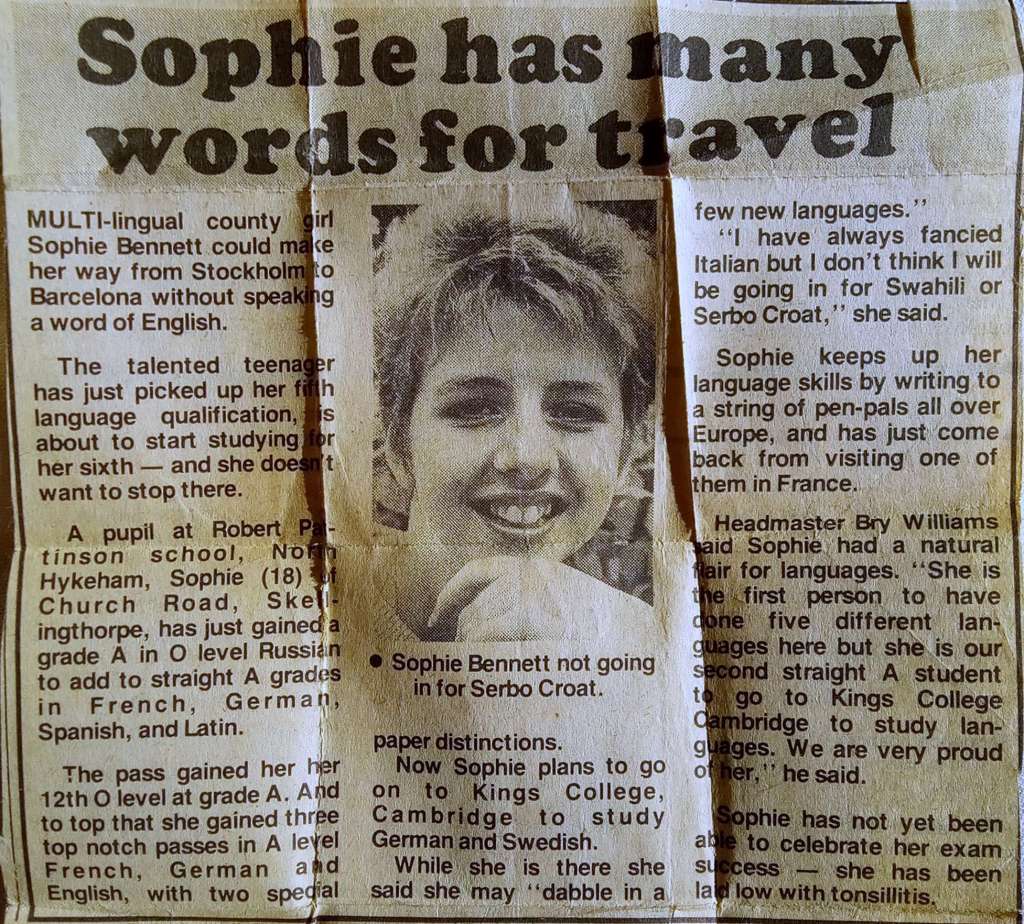
This is verifiable personal history of the writer and not some fiction by a fantasist or identity fraudster. Dr Sophie Louisa Bennett


